I have been trying many different ways to better manage my diabetes. I have written about setting much lower targets for my Dexcom (170 as the high). This is because I want to have an A1C below 6.0. Also, as I’ve mentioned before, save the “A1C doesn’t matter”, no, it’s not the only thing that matters, but it is a way to see how well I did the past 90 days.
The other thing that I have been doing is actually trying really hard to pre-bolus. As I just wrote that sentence, I was about to edit it to get rid of the “trying really hard”, but I decided to keep it in. I’ve never seen Star Wars or Star Trek or whatever it is that Yoda says something like, “There is no try, only do”
I don’t know the background of that phrase, but I have heard it a lot. And I love it.
There is no “trying to do” something. You just do it or you don’t. You may not do it well, or you may not do it all the time, but you just need to do it.
That’s the route I have taken with pre-bolusing.
I’ve always had every excuse in the book.
“I’m too busy, I don’t know when I’m going to eat”
“My schedule is hectic, eating is never planned”
“Blah, blah, blah, blah, BS, blah, blah”
I do work a lot and I have a very hectic schedule. Managing Type 1 Diabetes, owning 3 companies and actively managing them takes up a lot of time. Luckily, my wife has taken over the cooking dinner duties and she gives me a 10-15 minute heads up. This has helped a lot.
When she gives me the heads up and tells me what’s for dinner, I can plan ahead and pre-bolus.
When I go to restaurants, I never knew how much I would be eating. I would eat mine, then my wife’s leftovers and maybe some of the kids, plus the appetizer, and maybe get dessert. So, a lot of the time, I would just eat and then take a crap load of insulin later. This would obviously create a massive spike and create a high blood sugar that took hours to bring back down.
Now, when I go to a restaurant, I look at the menu and order and then go take a shot, either at the table or in the bathroom.
Pre-bolusing has really allowed me to cut down on the after meal spikes. They are still there, but instead of shooting up into the 300s, I may only go up to 200. That is a huge win for me. I spend so much time out of range because of the huge spike after a meal and how long it takes for me to get back into range.
My daily graphs always include a spike, a drop, a spike, then a drop. Very rarely are my graphs just straight. My time in range currently is spent either climbing high or dropping low.
What made me really start pre-bolusing and making it a habit is a conversation I had with Scott Benner, who you may all know as Arden’s Dad or from The Juicebox Podcast. He had said to me (this is not an exact quote because I have horrible memory. I will reach out to Scott and ask for an exact quote),
“Yes, your diabetes may vary, but there are fundamental concepts that exists for all people with diabetes. Pre-bolusing just works.”
And I thought to myself, ya know what, that is right. There’s a reason you are told to pre-bolus and take your insulin 10, 15, 20 minutes before eating. It takes time to work.
This is also one reason why I was a huge fan of Fiasp and hope to go back on it once my insurance decides to cover it.
Well, that’s all for this topic. Pre-bolusing has done wonders for me. It was not something that I took seriously and since I have, it’s been a two-thumbs up for me.










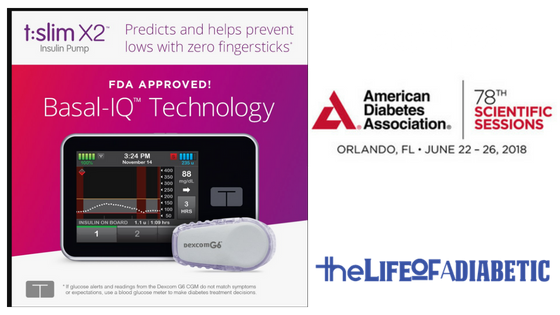
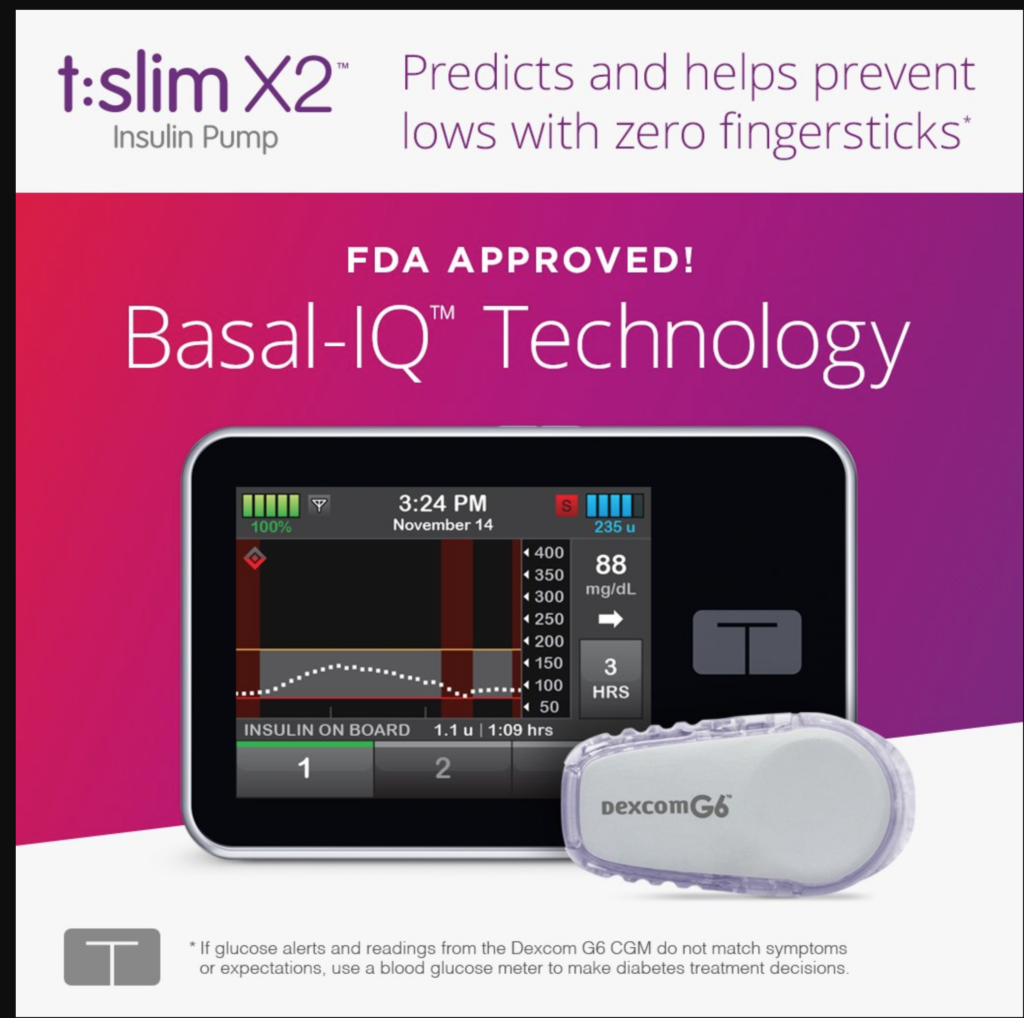
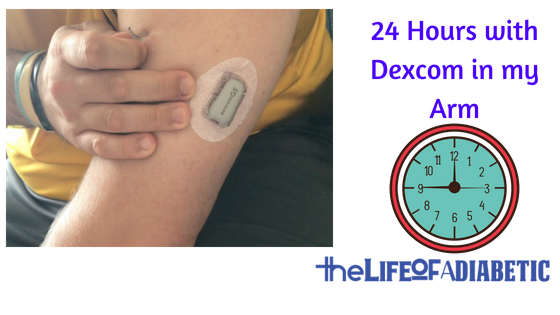
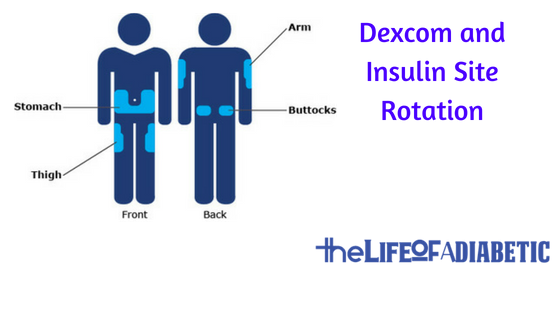
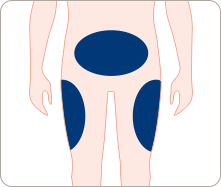

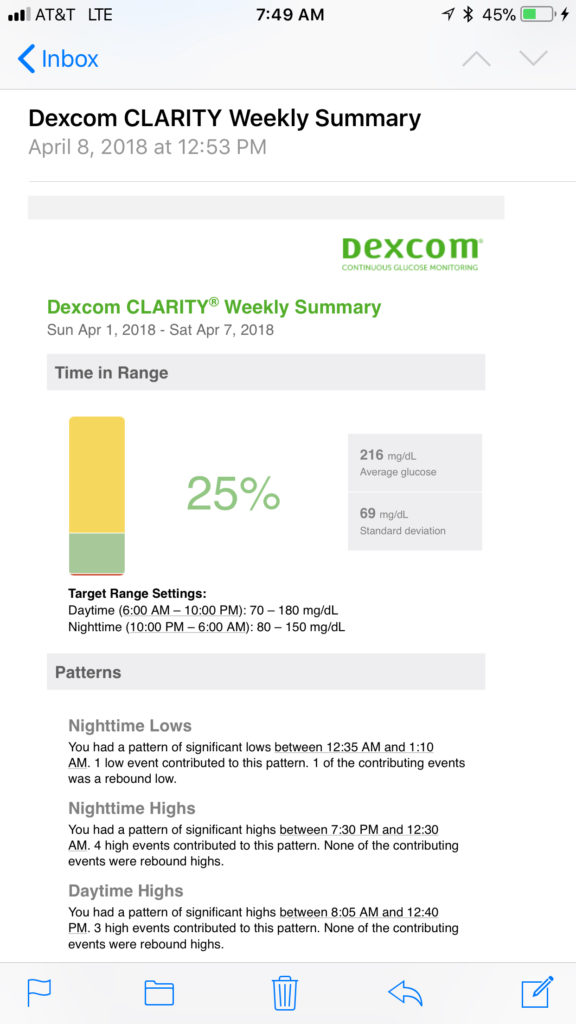
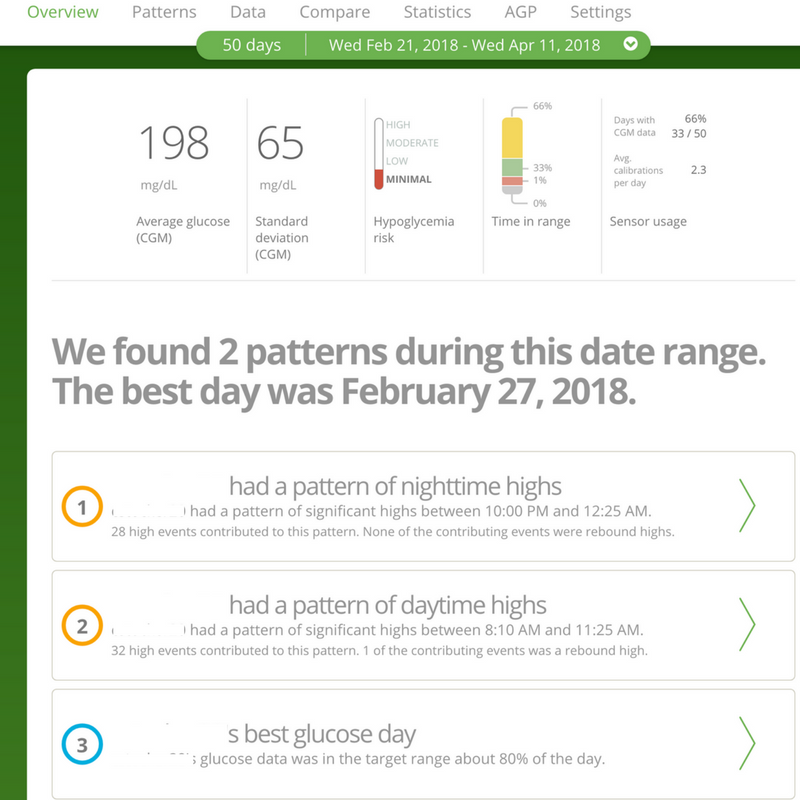
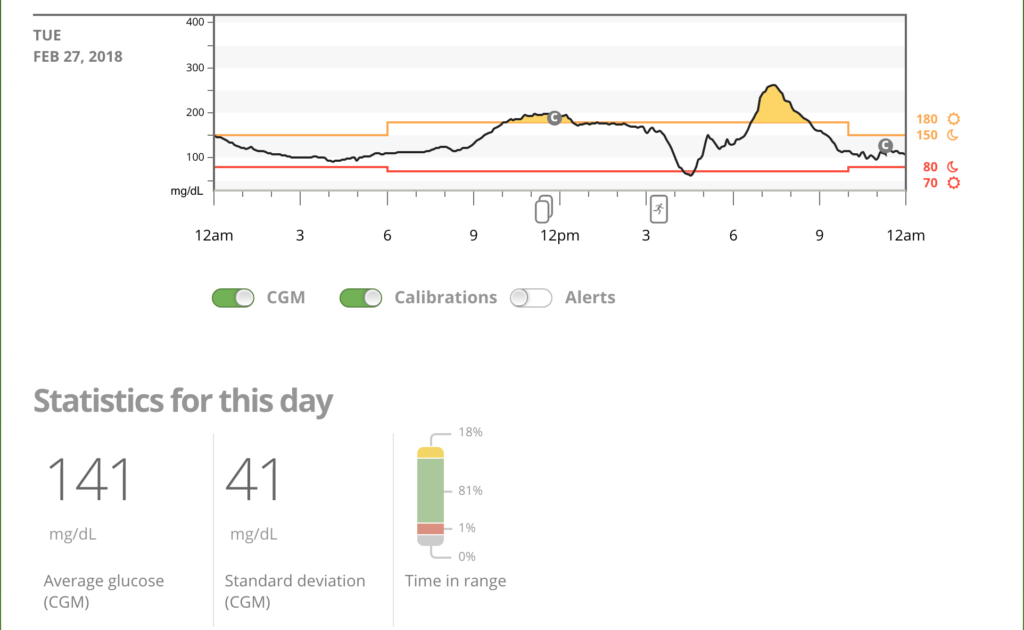

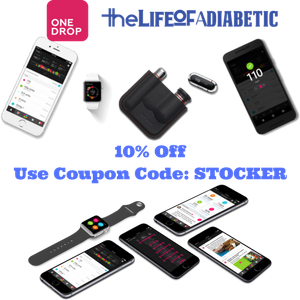 The good news is that I am a
The good news is that I am a